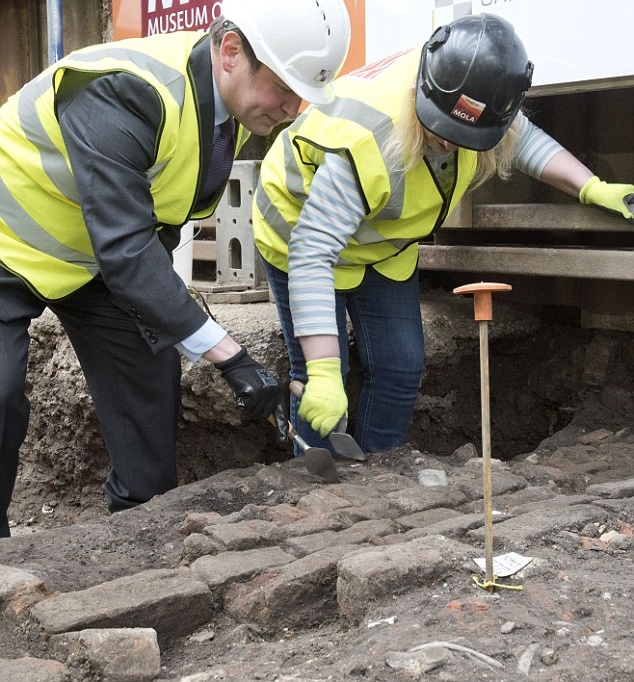The Great London [Search results for office]
UK: The stage is set at Shakespeare's Curtain Theatre

North America: Archaeologists piece together how crew survived 1813 shipwreck in Alaska

UK: More than one in ten UK species threatened with extinction

UK: Roman fresco unearthed in London

Breaking News: New dwarf galaxies discovered in orbit around the Milky Way

Modern Housing Complex in London

More Stuff: Is Greece about to lose the Parthenon Sculptures forever?

Middle East: FBI warns collectors about ISIS-smuggled antiquities

Archaeologists begin exploration of Shakespeare's Curtain Theatre

Natural Heritage: Discovery of young family gives hope to world's rarest ape

United Kingdom: Ancient clay figurine repatriated to Cyprus from UK

UK: Dig at theatre where Shakespeare worked uncovers a surprise

Near East: Archaeologists to explore ancient city of Satala

Near East: UNESCO to monitor ancient sites by satellite
